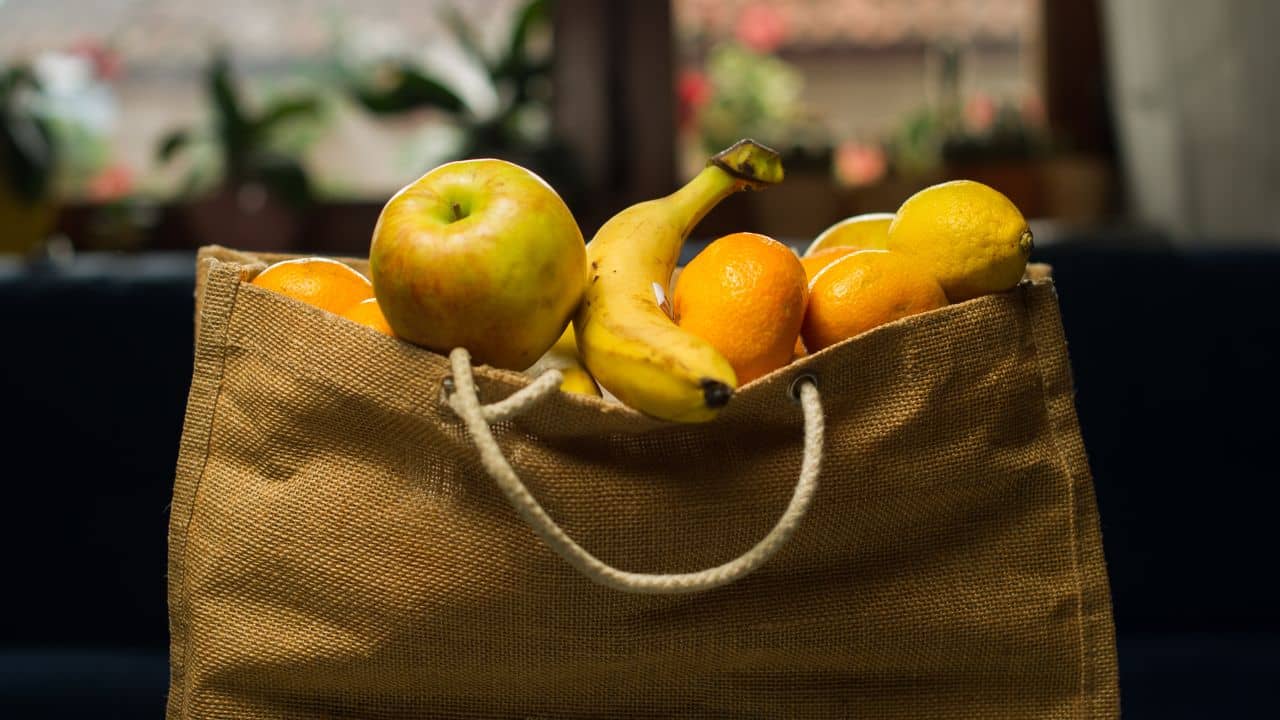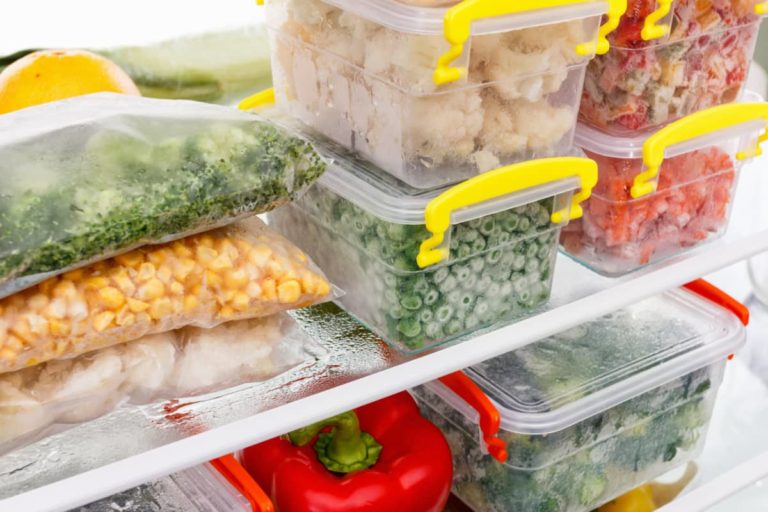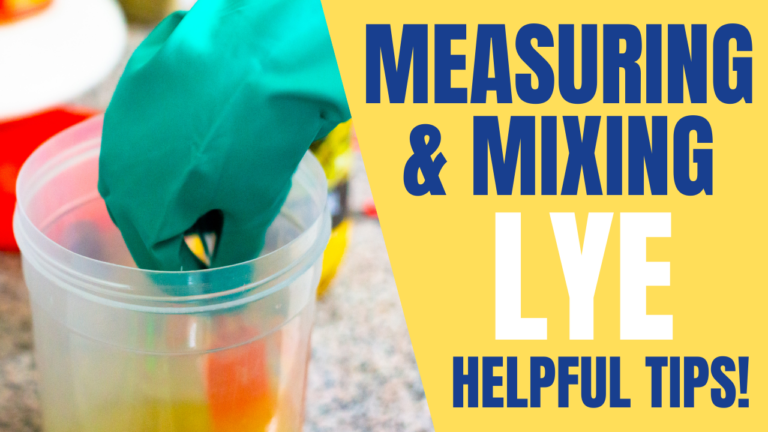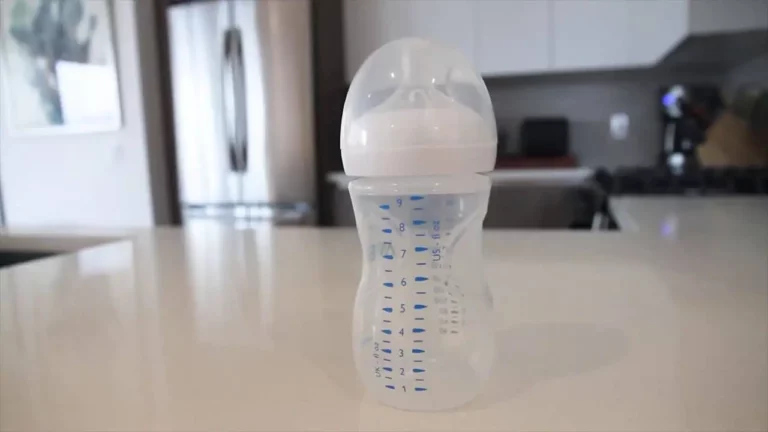The Great Grocery Bag Debate: Which Option is the Most Earth-Friendly?
Finding ways to cut back on single-use plastic grocery bags always seemed like the best thing for the environment. On first thought, it massively reduces the impact on the planet while being more sustainable.
However, scientific evidence shows that what we think is a sustainable alternative may not be the best solution for the environment. So what is the best choice?
The best grocery bag material depends on how frequently you use the bag and how you intend to dispose of them. Surprisingly, tote bags have the biggest environmental impact if not used for many years, while using paper and reusable bags over 50 times with proper disposal could be better for the environment.
If you want to find out more about the different choices for grocery bags and how each one of them impacts the environment, keep on reading this guide!
What Is the Most Environmentally Friendly Grocery Bag?
Each type of grocery bag, no matter how apparently “green” it is, can have a varying level of impact on the environment.
Yet, picking up a particular form of grocery bag over the other isn’t as simple as its carbon footprint or whether they’re recyclable or not.
Sure, these aspects play a significant role in determining the level of eco-friendliness of an item, but things get more complicated than that when we take everything else into account.
Life Cycle Assessment
If you want to measure the full environmental effect of a grocery bag, you’ll need to study its life cycle as a product, and not just the final form.
This is known as “life cycle assessment”, and many agencies from different backgrounds performed them to find the answer.
Most reports focused on the climate change impact (the greenhouse gasses and carbon emitted to produce each material.
However, a 2018 study by the Danish government measures the total environmental impact of each material, giving us a new perspective on the environmentally friendly bag debate.
This unique study looks at various impacts, including:
- Climate change
- Resources and water depletion
- Terrestrial and marine impact
- Ozone impact
- Toxicity for humans and animals
The results of this study show that the full environmental impact of some green options like tote bags can be a lot higher than we think. But more on this in the following sections.
Climate change impact compared to single-use plastic bags
Below, how often must bags be used to be sustainable (number of times).
| Types of Material | 2018 Danish Environmental Protection Agency report | 2011 UK Environment Agency report |
|---|---|---|
| Paper | 1x | 3x |
| Biodegradable Plastic | 1x | / |
| Reusable Plastic | 6x | 11x |
| Cotton | 149x | 131x |
Total environmental impact compared to single-use plastic bags
| Types of Material | Number of Times a Bag Should Be Reused |
|---|---|
| Paper | 43x |
| Biodegradable Plastic | 42x |
| Reusable Plastic | 54x |
| Cotton | 7100x |
How You Use the Bags Also Affects Its Environmental Friendliness
Besides life cycle assessment, the impact of the grocery bag material can be traced to various other factors. Some of them actually depend on aspects other than the material of the grocery bag itself.
For example, the frequency of uses of a single bag can massively shift its risk-to-benefit ratio.
In fact, some studies show that using a plastic bag 2 to 3 times before disposing of it can be better for the environment than using greener solutions like cotton bags once.
Comparing Different Types of Eco-Friendly Grocery Bags & Their Environmental Impact
Now that you understand how complicated things can be while using a grocery bag, let’s have an in-depth look at the 5 most common materials out there.
In this section, we’ll include data about the pros and cons of each material based on the results of the Danish EPA (Environmental Protection Agency) and the UK Environment Agency.
1. Single-Use Plastic Bags
These bags are made of various materials. The most common one is low-density polyethylene, which is a byproduct of petroleum.
Turning petroleum into plastic makes up the majority of the impact, as it involves no agricultural requirements or resources.
However, they’re used only a few times before they’re disposed of, mostly as trash cans, which is the greenest way to offset their climate impact.
2. Single-Use Compostable or Biodegradable Bags
Biodegradable bags are made from bio-complexed polymers, which combine plant polymers (mostly potatoes) with plastic. This design makes them compostable, reducing their environmental impact.
These bags release the same amount of greenhouse gasses as single-use plastics, but you’ll need to use them around 42 times to offset their total environmental impact.
The drawback here is that producing potatoes requires various agricultural resources, making it slightly worse than single-use plastic in terms of production.
3. Brown Paper Bags
These are made of paper, so they use wood pulp for production, which also involves a lot of water and agricultural resources.
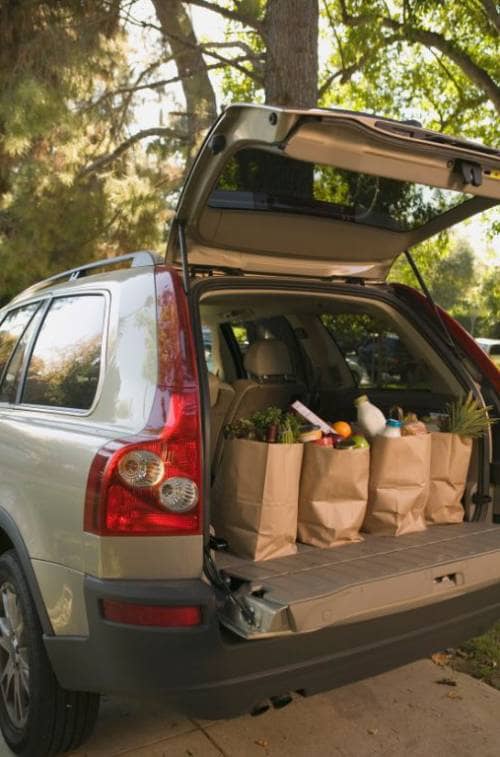
According to the Danish EPA, this offsets their climate change impact after only one use, but you’ll need to use them 43 times to make up for the total environmental impact.
4. Thick Reusable Plastic Bags
These are similar to single-use ones, but they’re thicker so that you can use them for a longer time. However, thicker plastic means more production resources.
According to the Danish EPA, you need to use these bags over 6 times to offset their climate impact, compared to single-use bags. This number is fairly similar to the UK report (11 times).
However, taking total environmental impact into account, you’ll need to use these bags 54 times to balance things out, compared to single-use plastic.
5. Cotton Tote Bags
Cotton bags are often touted as the most eco-friendly option out there, as they’re extremely durable and meant to last for a very long time.
However, cotton is a resource-intensive crop, which requires a lot of water and land to be produced. Turning raw cotton into tote bags even requires a decent amount of energy and resources.
For that reason, the Danish and UK reports found that using them 149 and 139 times respectively is enough to make up for the climate impact.
However, to offset the total environmental impact, you’ll need to use them around 7,100 times (around 45 years per bag). In other words, cotton may not be as sustainable as you think!
Conclusion
As you can see, each type of bag has its advantages and drawbacks. However, the most environmentally friendly grocery bag is the one you’re going to use the most and dispose of properly.
Personally, I believe that a balance between sustainability and waste management is usually the best.
For that reason, unless you’re able to commit to a single tote bag for years, I recommend going for paper or reusable plastic bags that you can use for several months.
Feel free to share your thoughts and opinion on the most environmentally friendly bag for you!
Sources
- Ministry of Environment and Food of Denmark: Life Cycle Assessment of grocery carrier bags.
- UK Environment Agency: Life cycle assessment of supermarket carrier bags.

